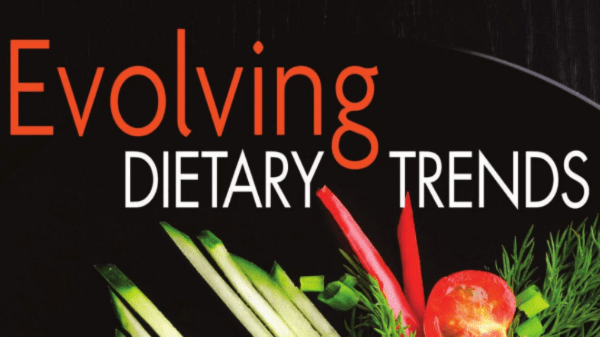Food and nutrition trends are a relatively recent luxury—for most of human history, our dietary efforts focused on getting enough food to survive.
In the mid-1800s, after the agricultural revolution increased the overall availability of food, the first diets began to emerge—most notably William Banting’s low-carb diet of 1863 and the Battle Creek Sanitarium’s wildly popular low-fat, high-fiber regimen.
After World War II, interest in diets began to explode; now, an estimated 36 percent of Americans follow a specific eating pattern or diet, according to the 13th Annual Food and Health Survey from the International Food Information Council Foundation.
Dietary trends arise from a multitude of influences.
“Sometimes, health professionals make recommendations based on research,” said Rachel Begun, MS, RDN, culinary nutritionist, and special diets expert in Los Angeles. “Ideally, this is how we want trends to be set.”
Americans also say they put their trust in friends, family, news articles, food bloggers, and fitness experts, adds Katie Toulouse, communications director for the Produce for Better Health Foundation BB #:157162 in St. Louis.
And with the advent of social media and nutrition influencers, diets and trends are spreading faster than ever, with hashtags like #whole30, #paleo, #glutenfree, and #vegan numbering in the millions.
While some trends are flash-in-the-pan fads, those with staying power are driven by research and support health and the environment, said Elis Halenko, RD, vice president of LiveWell Marketing in Mississauga, Ontario.
In general, she said, the ones that emphasize fresh fruits and vegetables are most likely to withstand the test of time—and that’s excellent news for the produce industry.
This is a multi-part series on dietary trends from the October 2019 Blueprints magazine.



